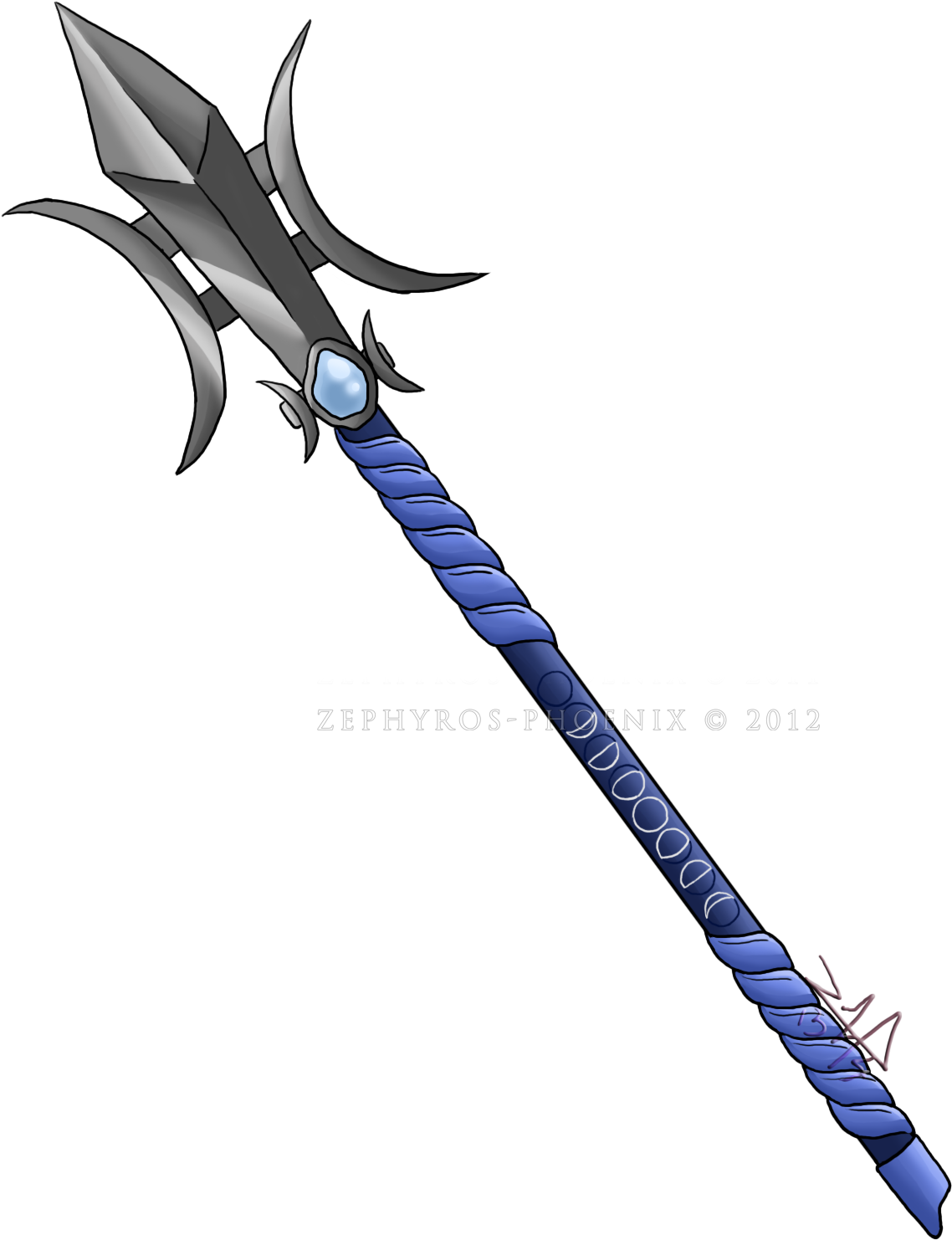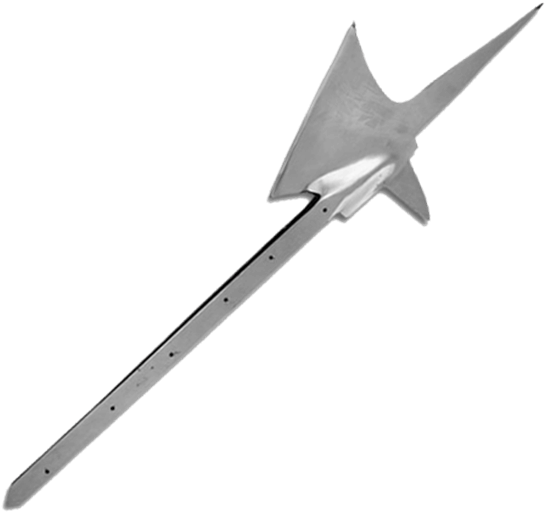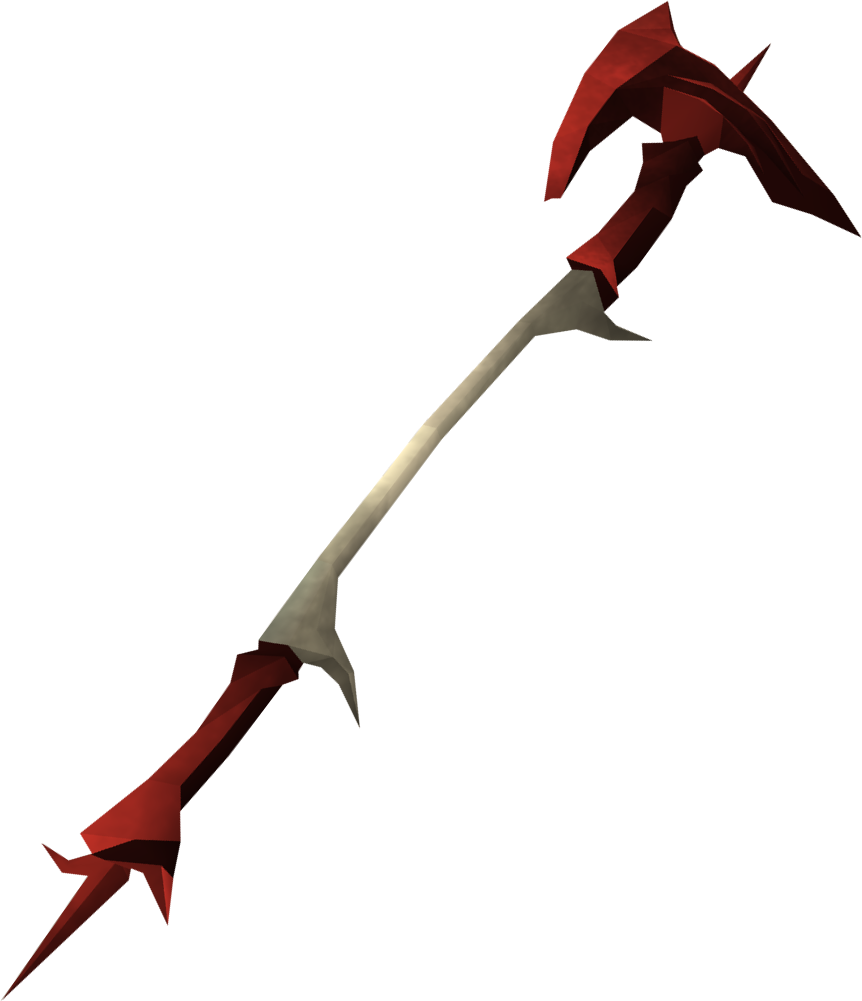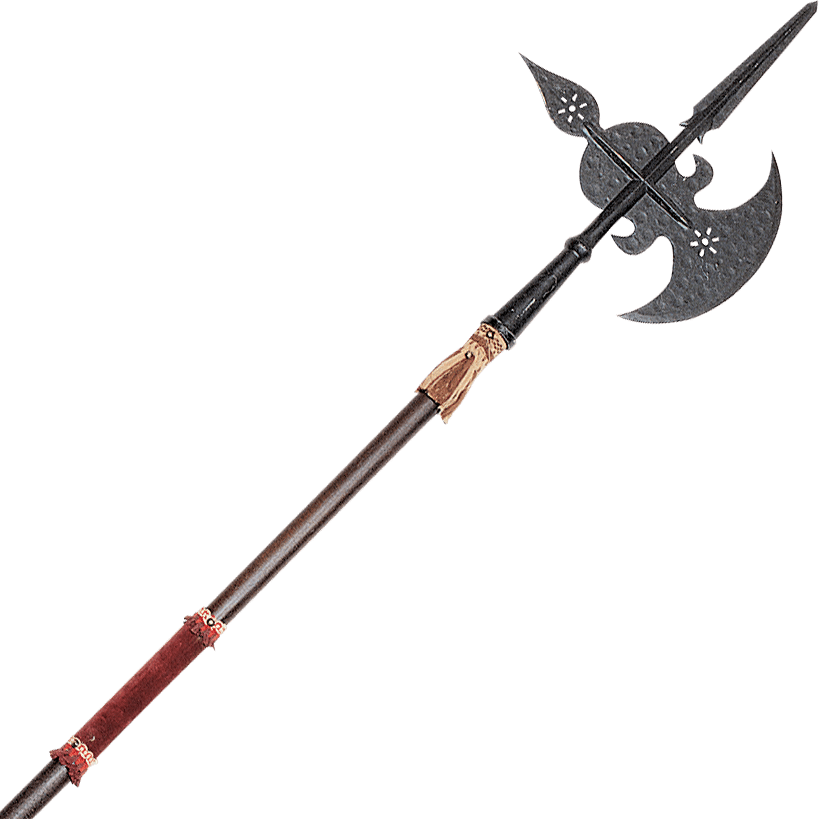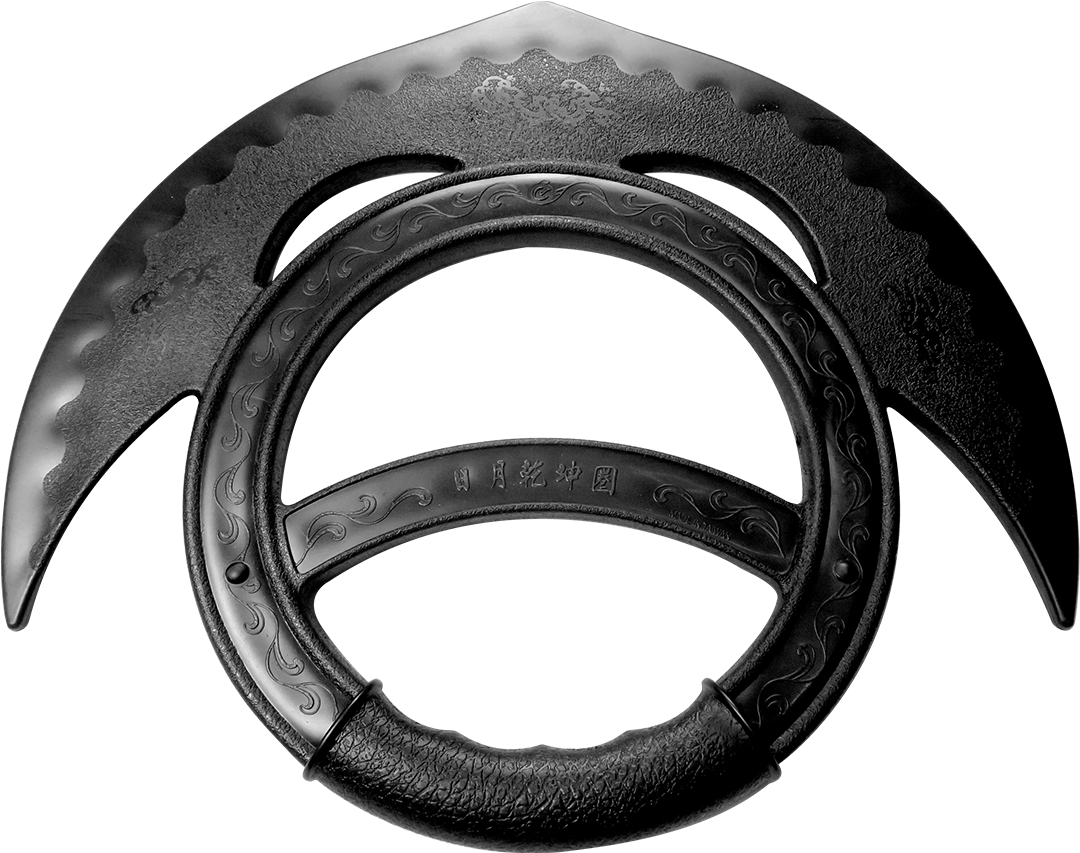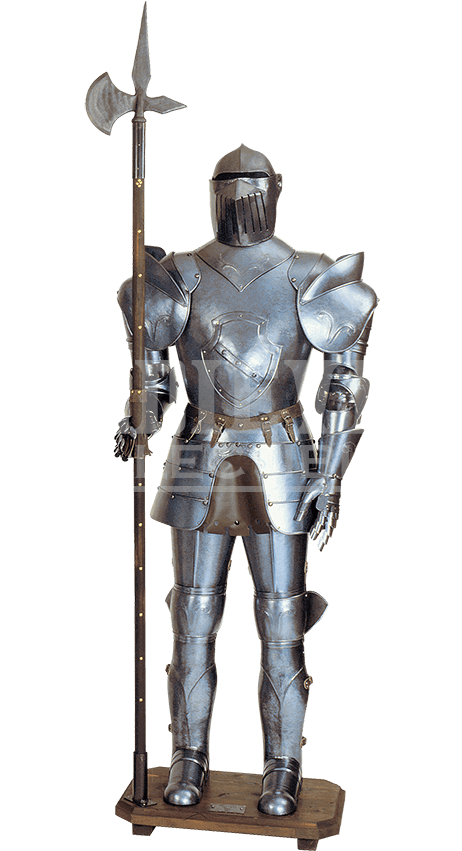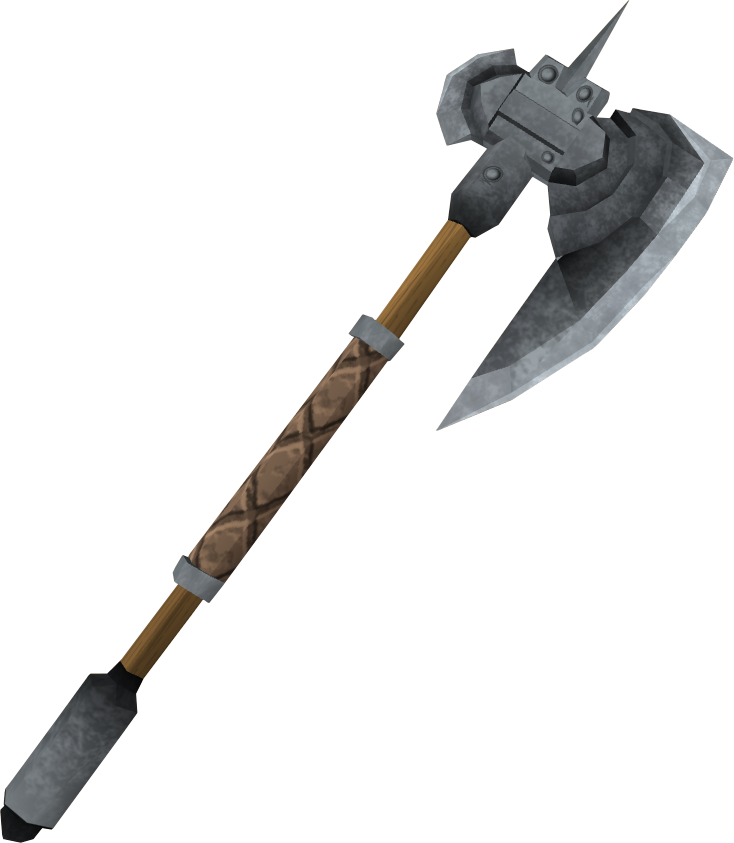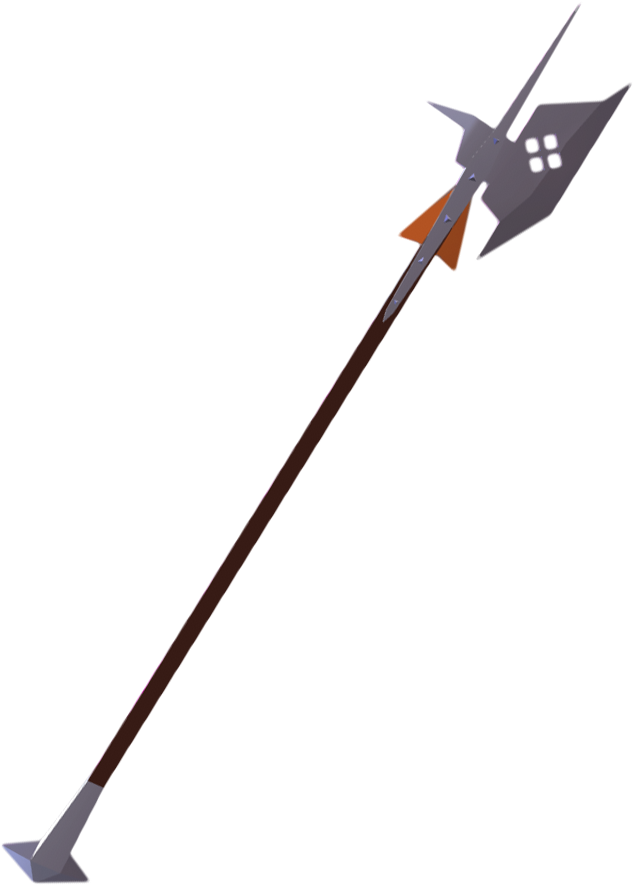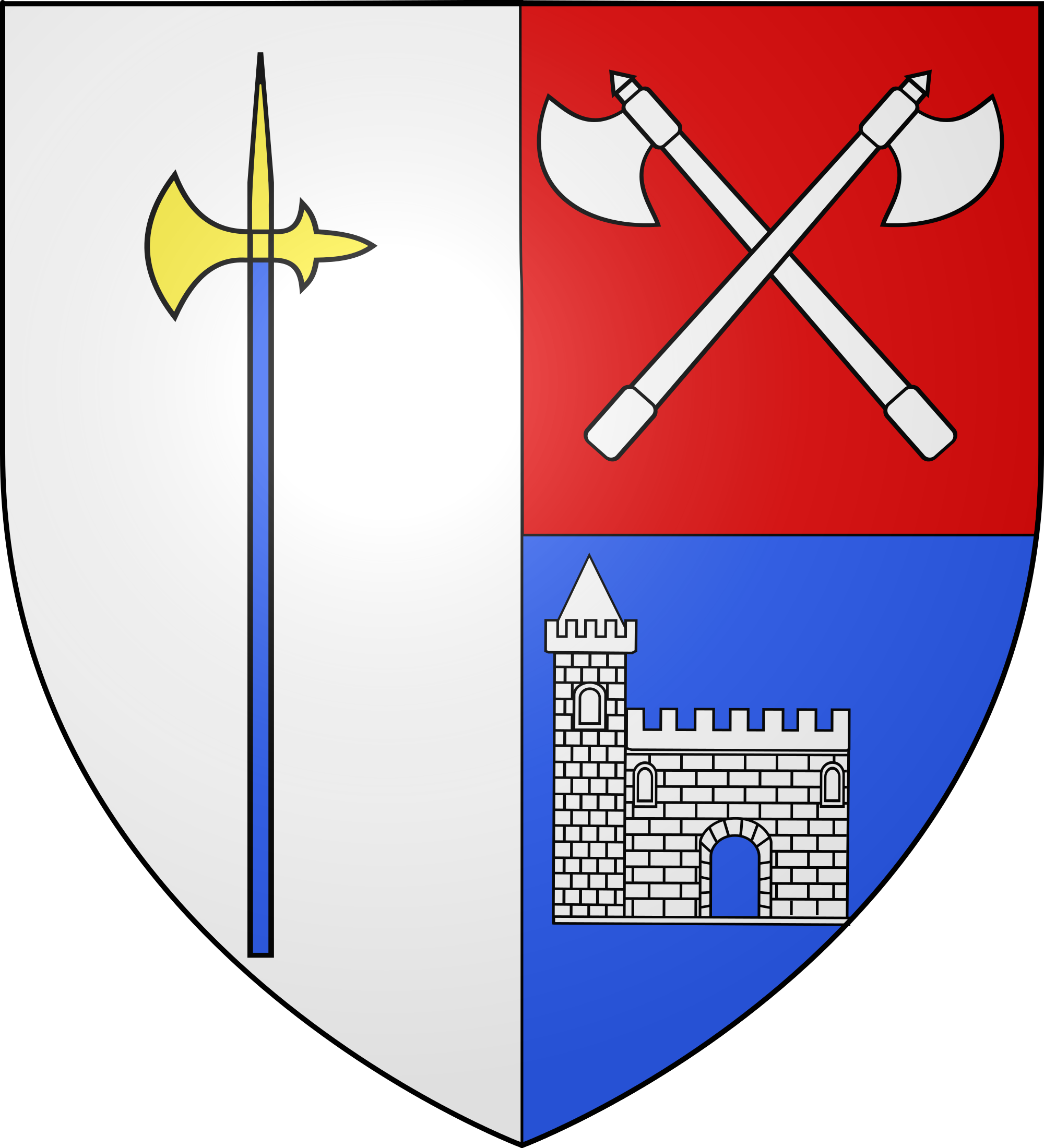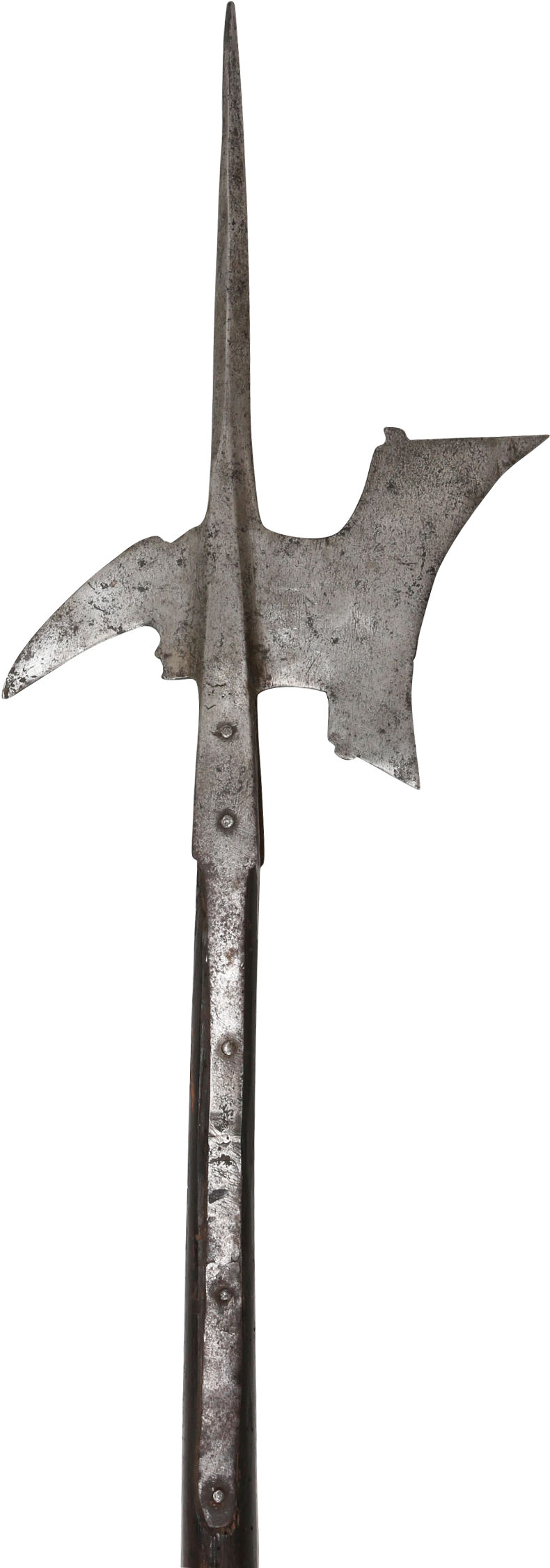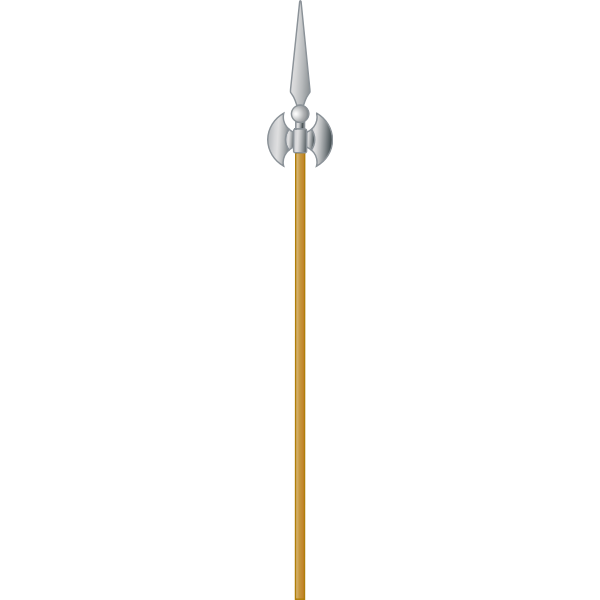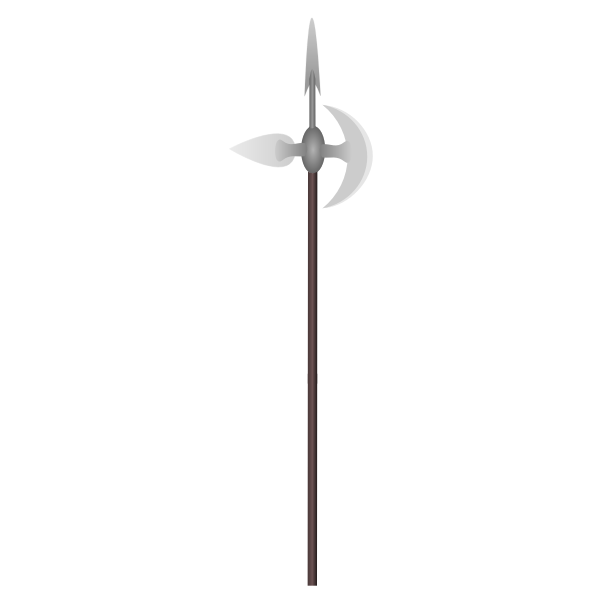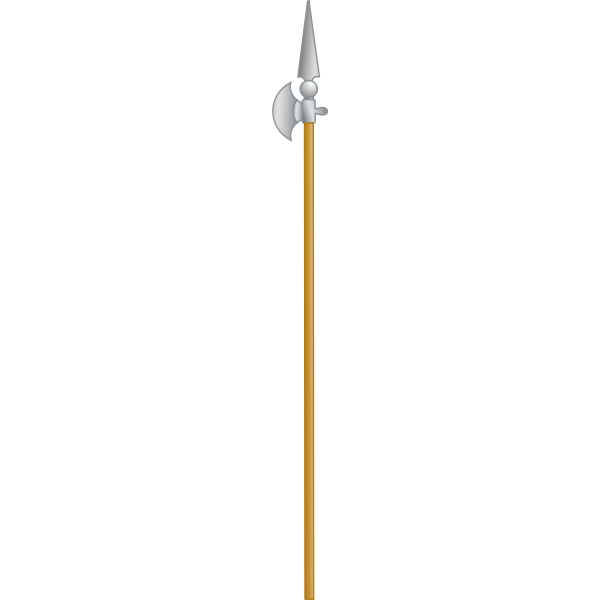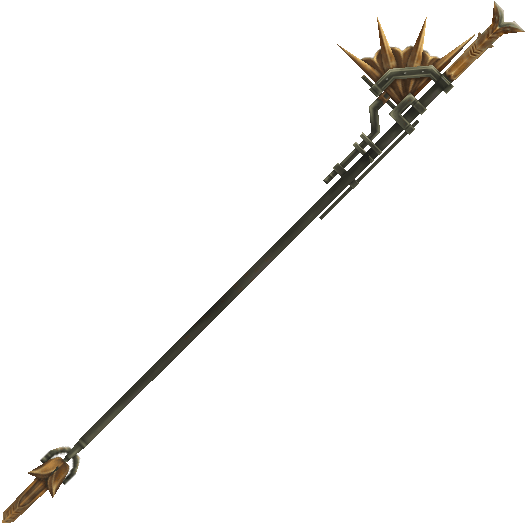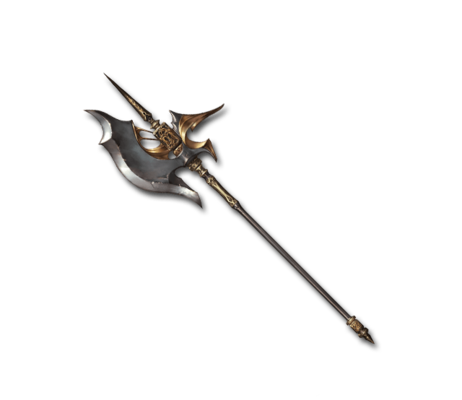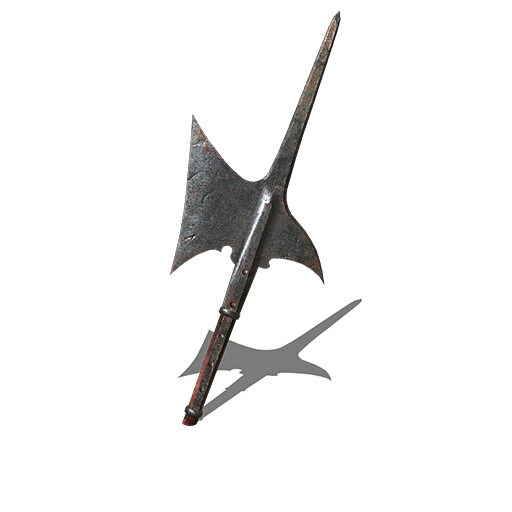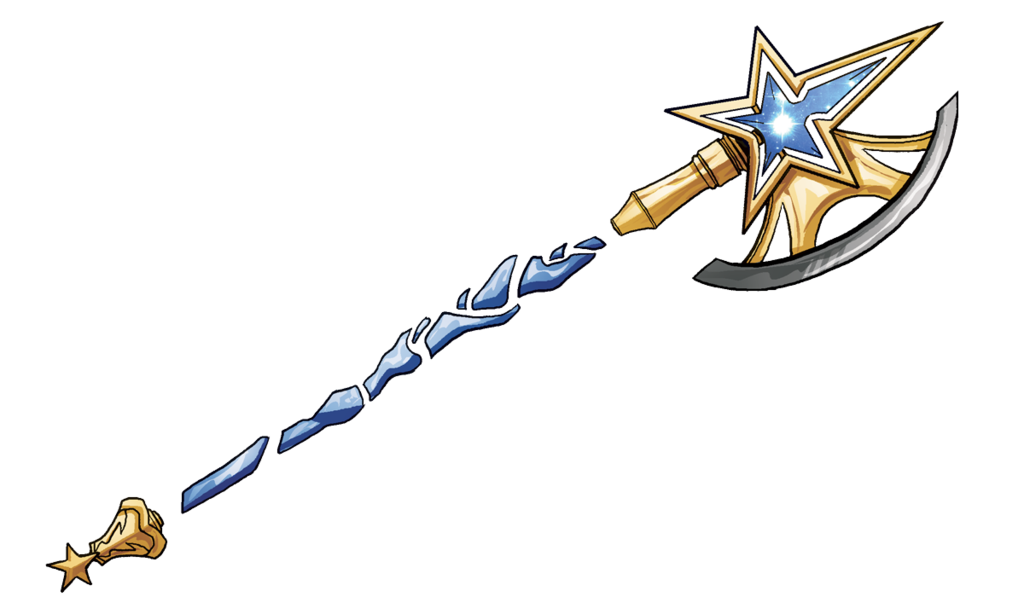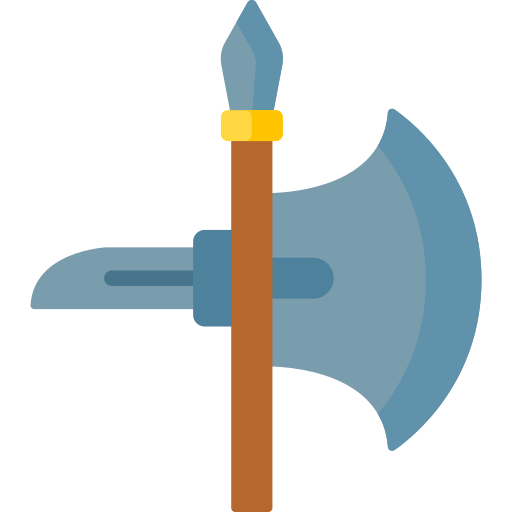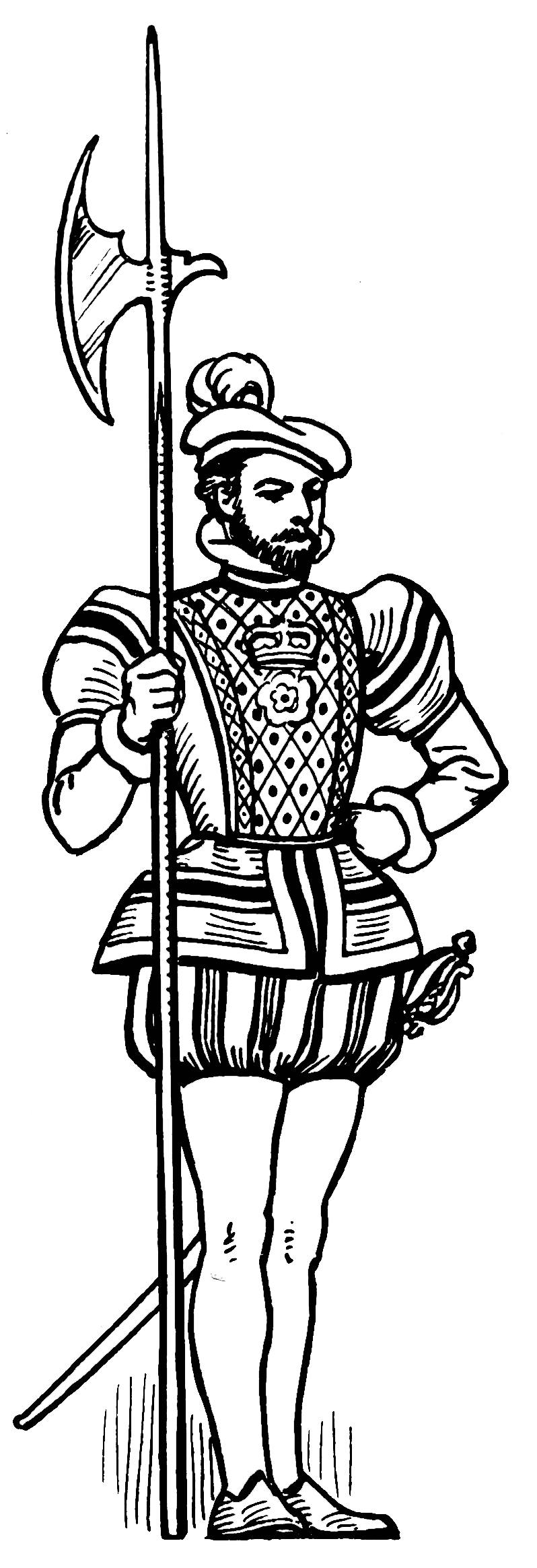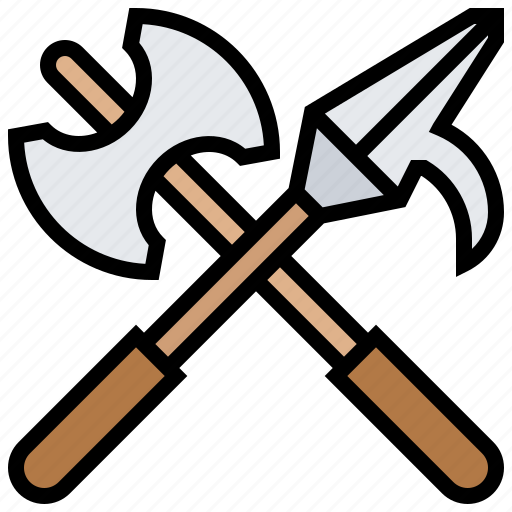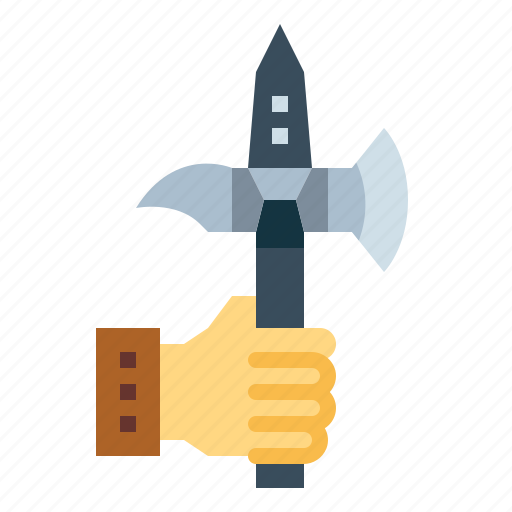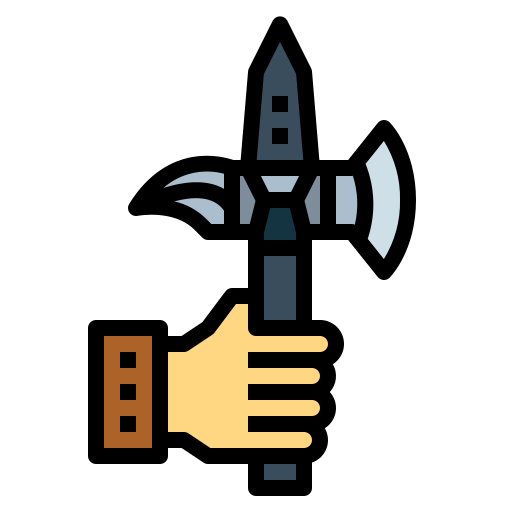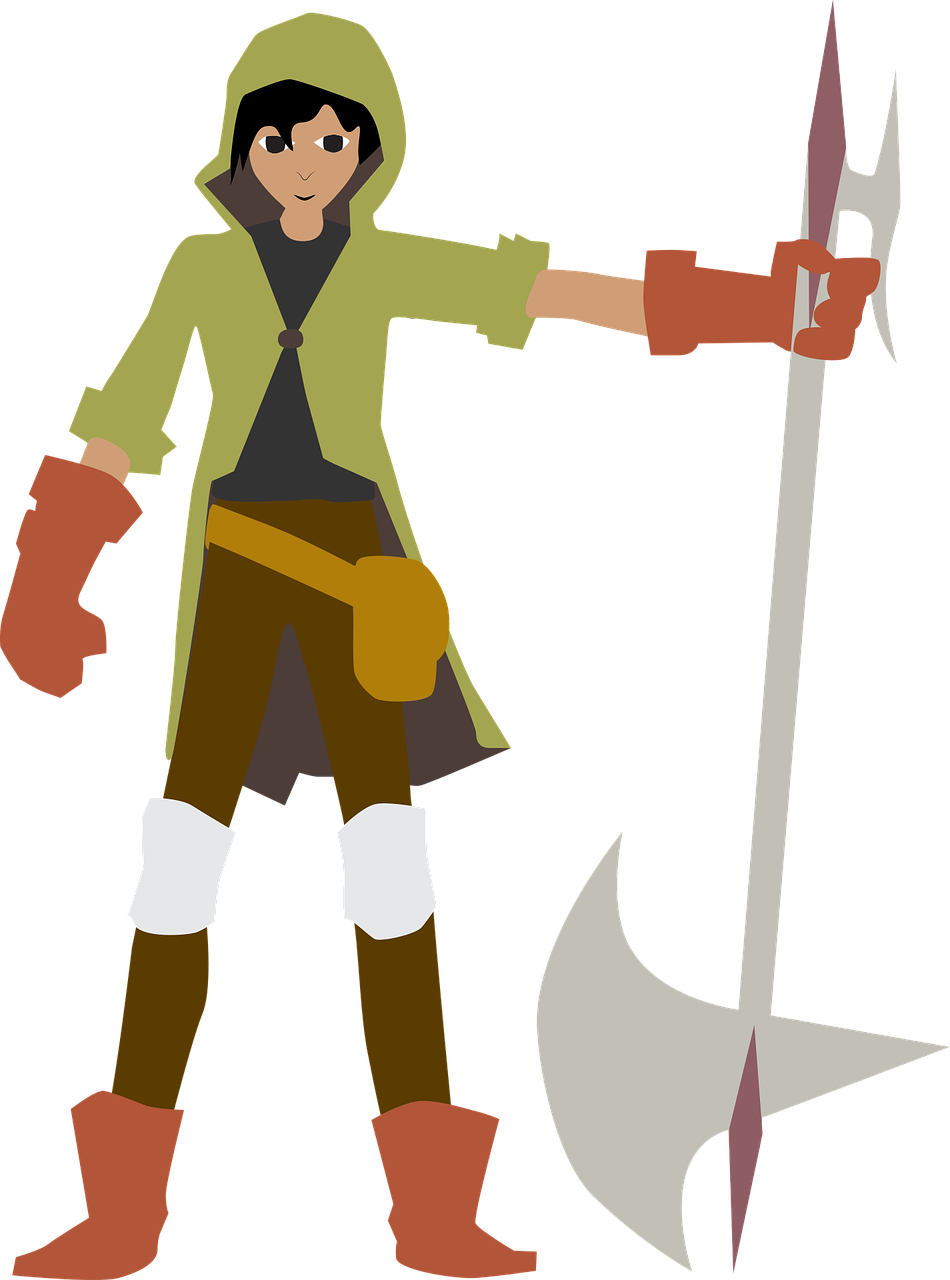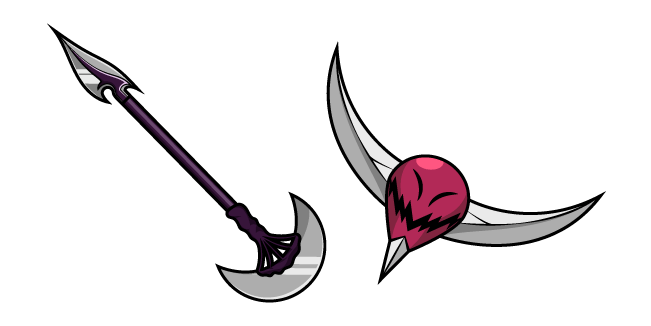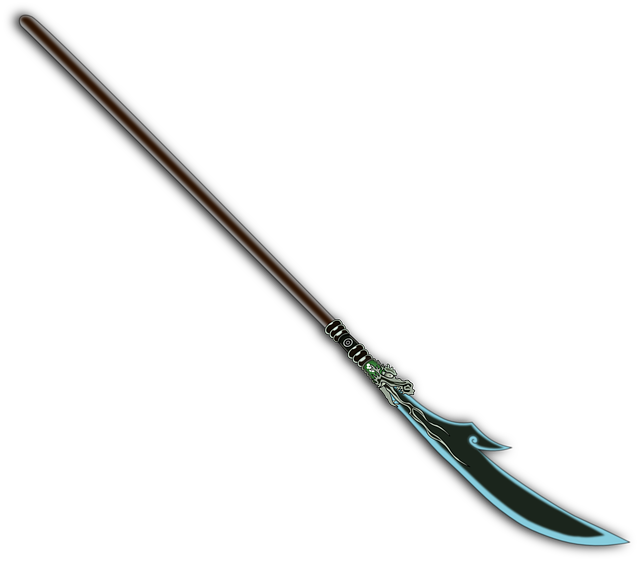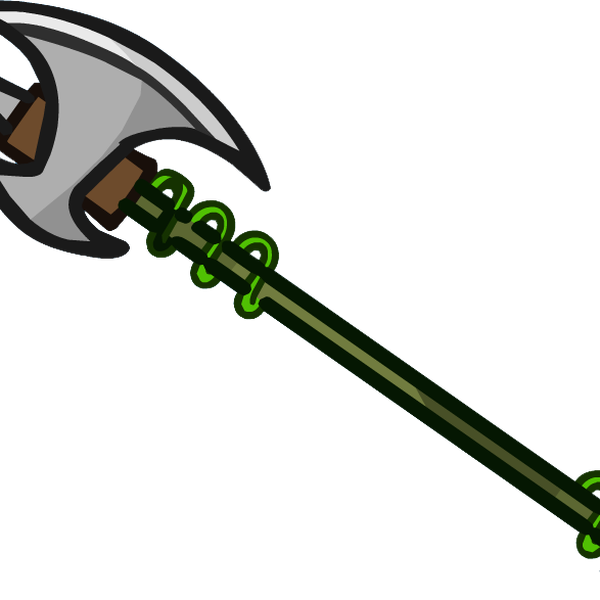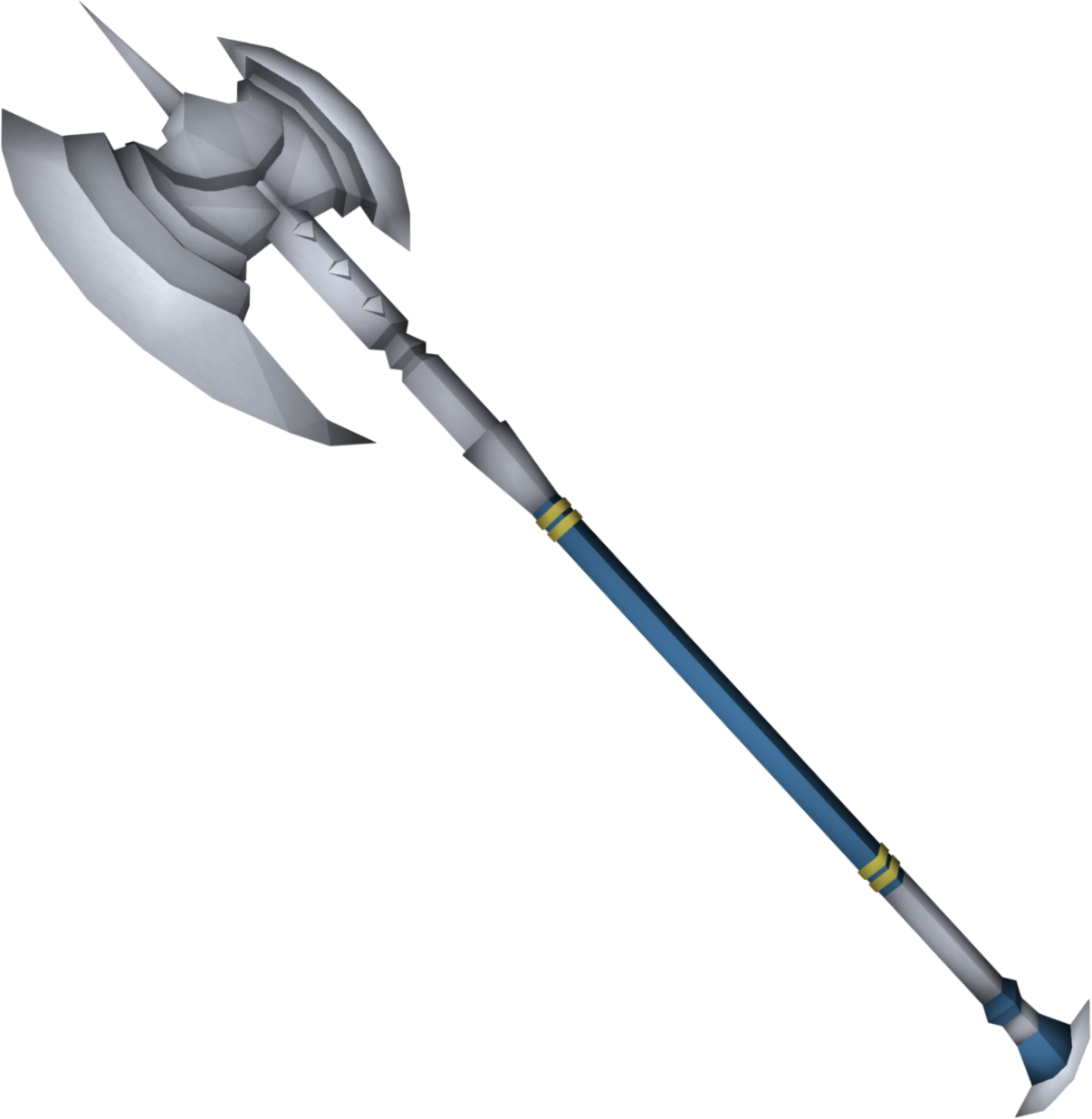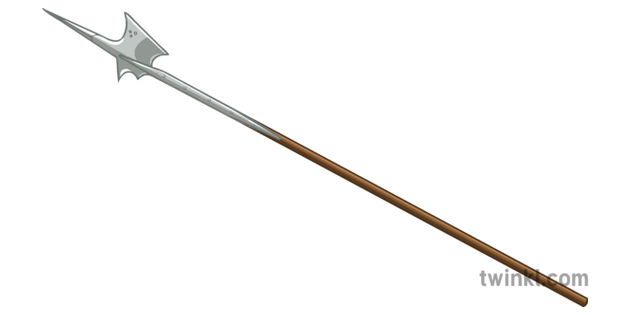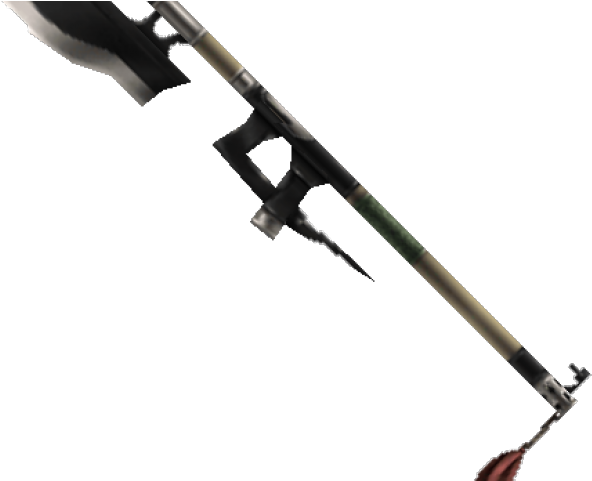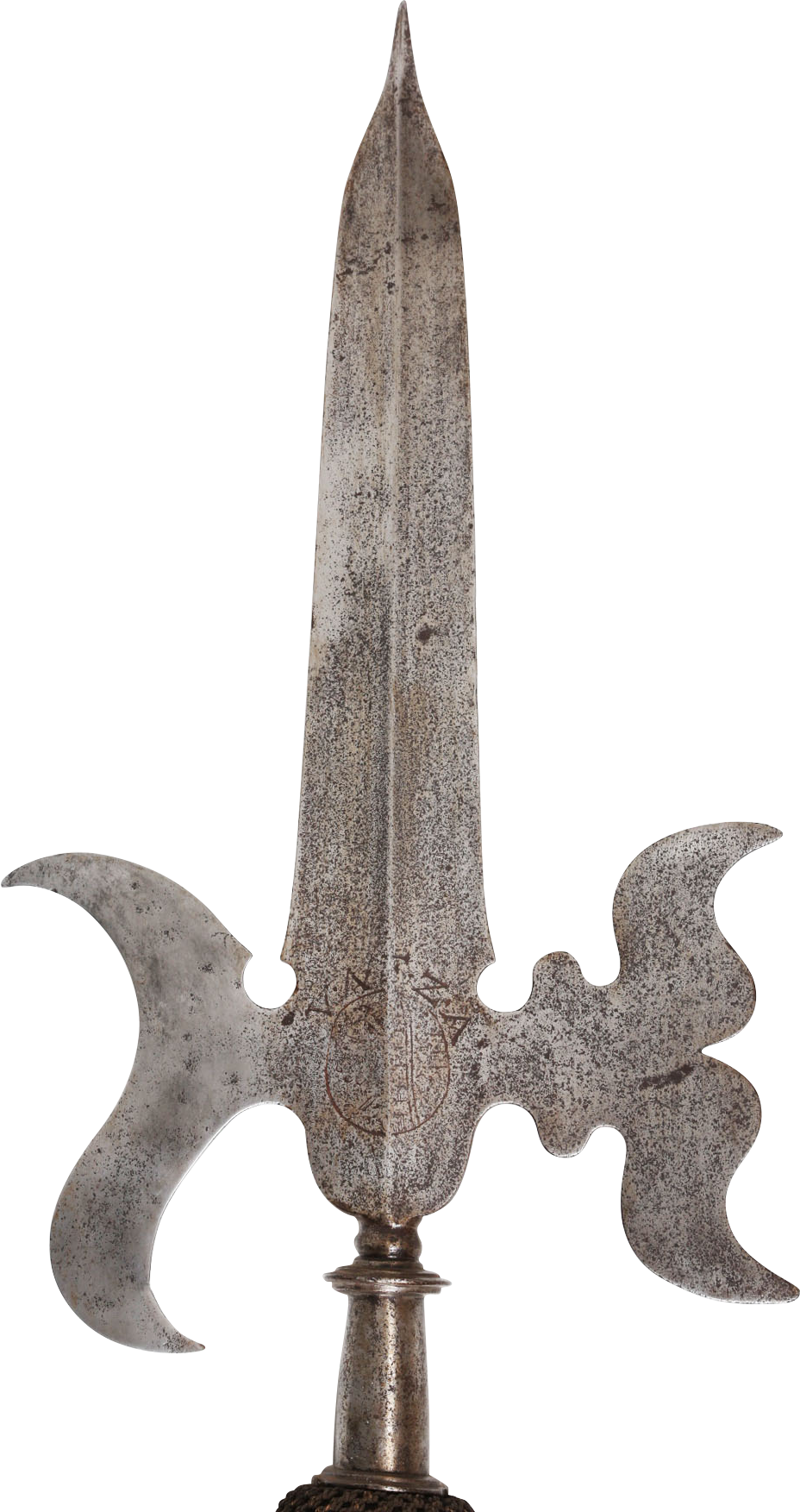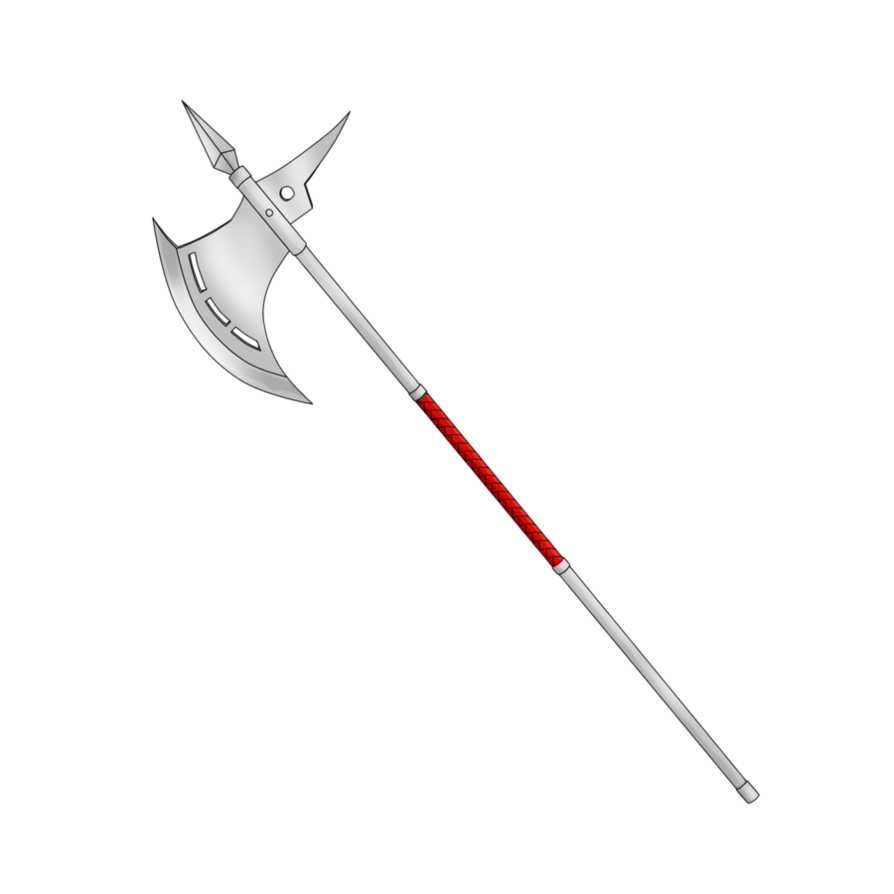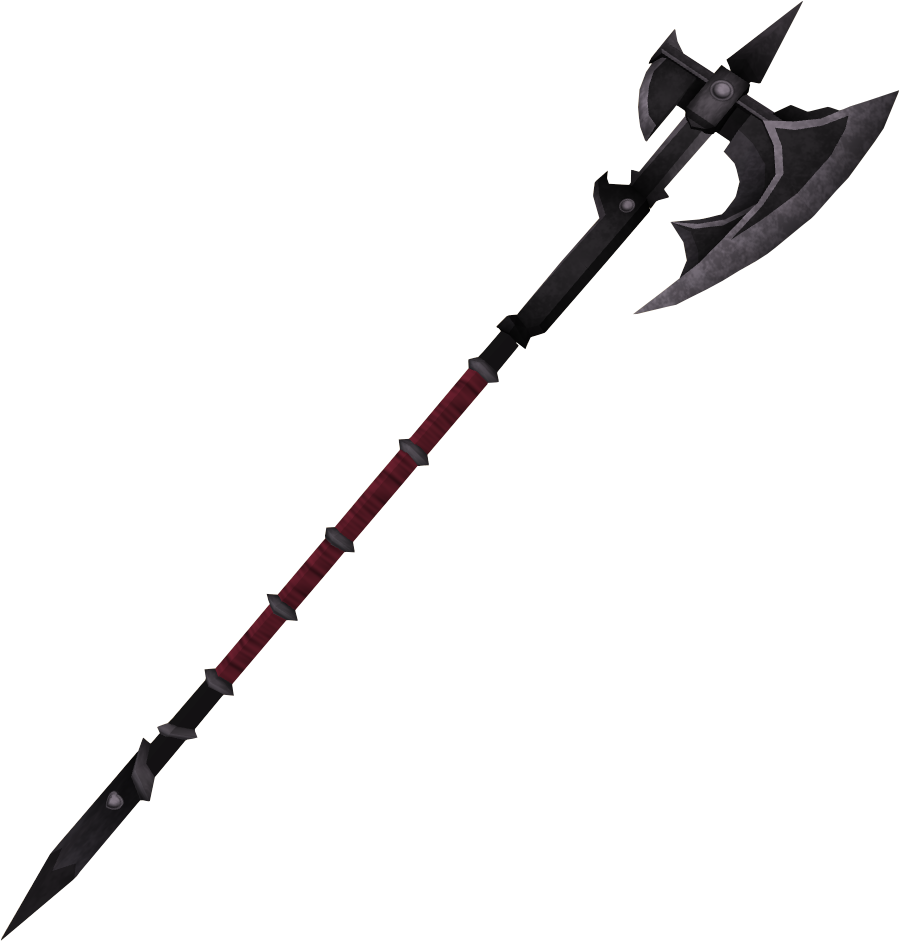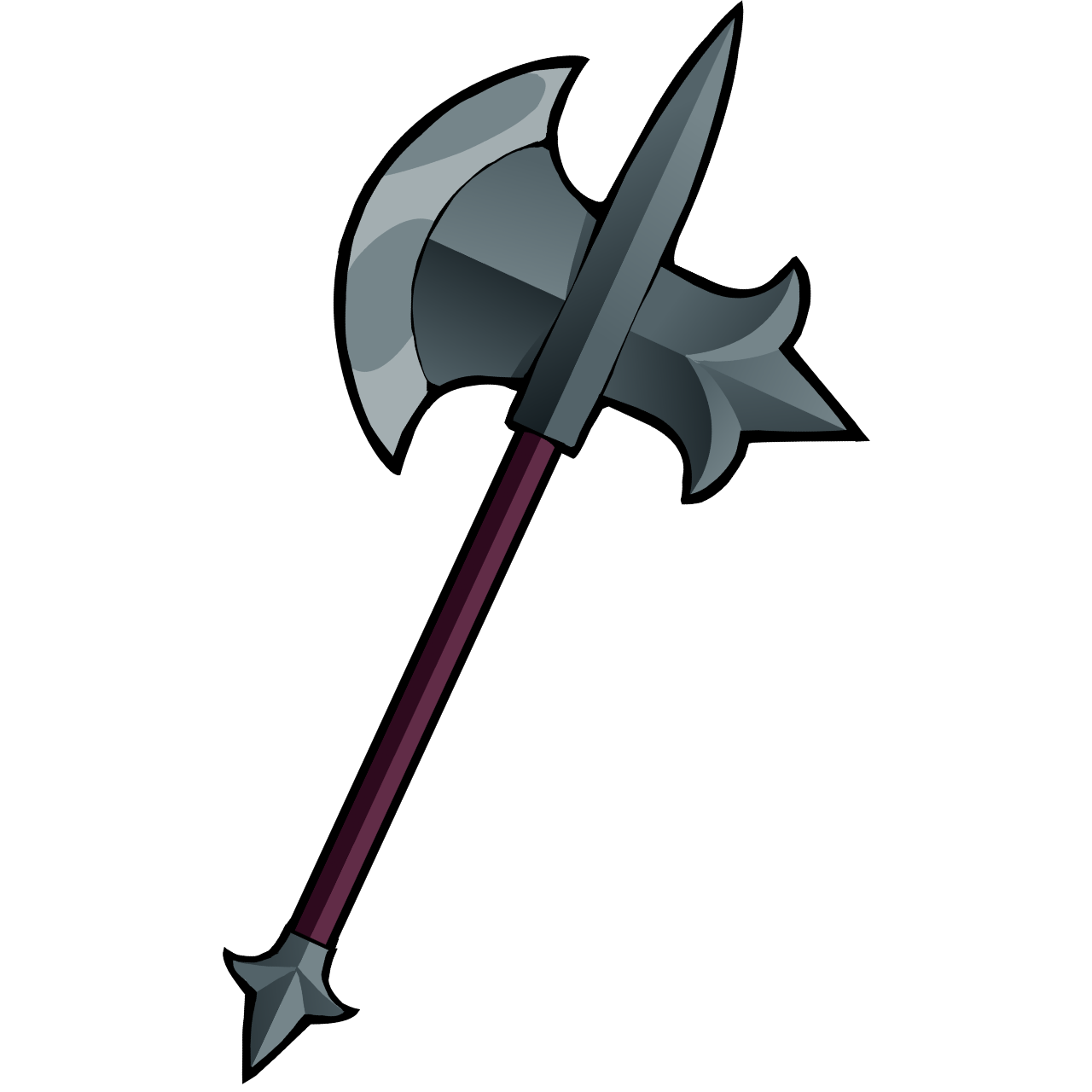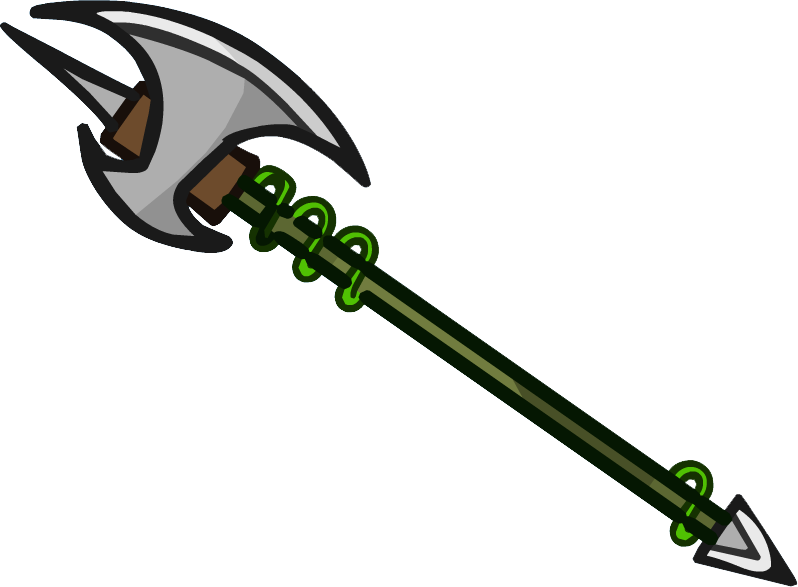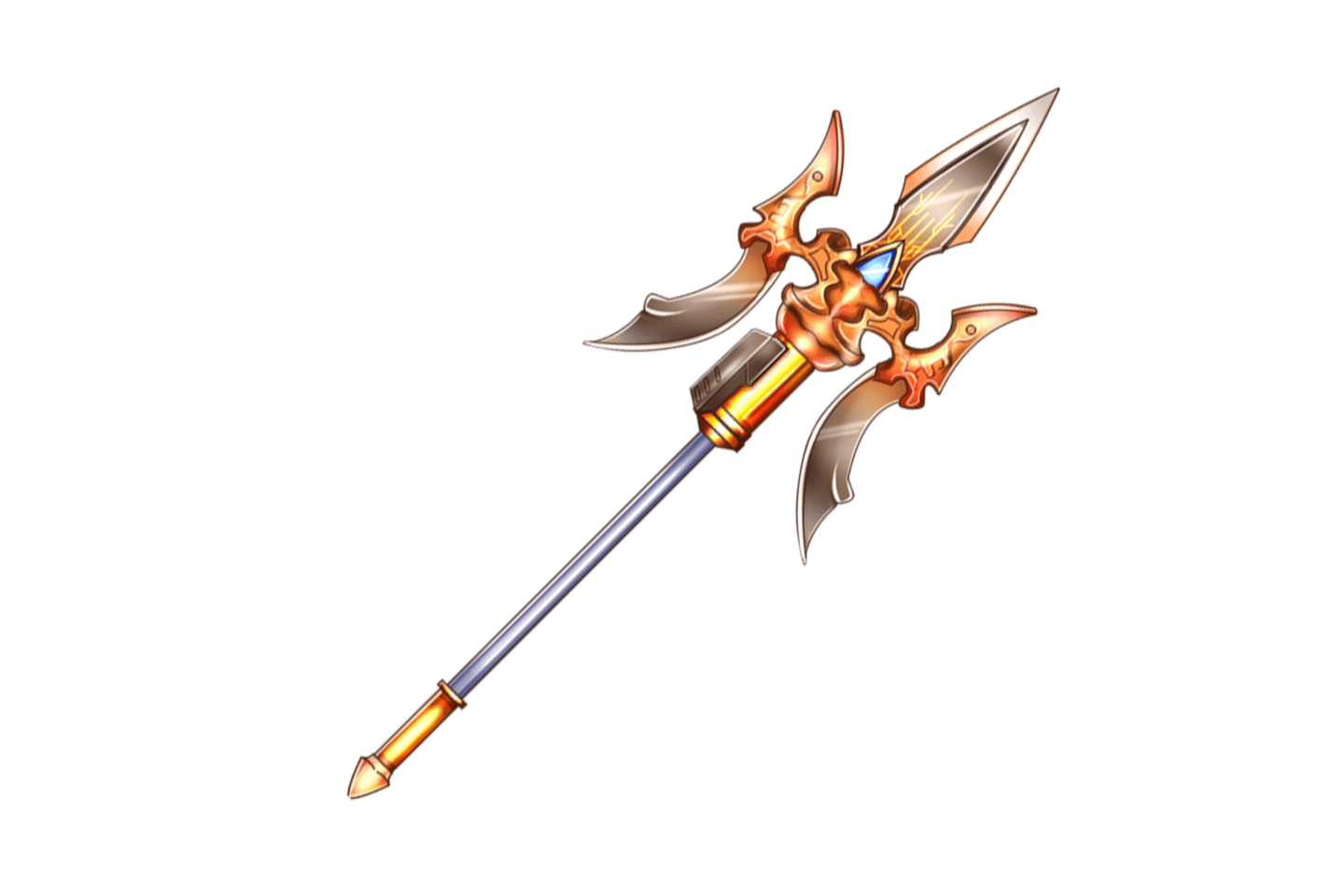Download top and best high-quality free Halberd PNG Transparent Images backgrounds available in various sizes. To view the full PNG size resolution click on any of the below image thumbnail.
License Info: Creative Commons 4.0 BY-NC
During the 14th, 15th, and 16th centuries, the halberd became popular as a two-handed pole weapon. The term halberd is most likely derived from the Middle High German words halm (handle) and barte (battleaxe), combined to form helmbarte. Halberdiers were the soldiers who carried the weapon.
The halberd is made out of an axe blade with a spike on top that is fixed on a long shaft. For grappling mounted warriors, it always features a hook or thorn on the rear side of the axe blade. In terms of design and usage, it resembles some types of the voulge. The halberd’s length ranged from 1.5 to 1.8 metres (5 to 6 ft).
In Western Europe, the term has also been applied to a weapon from the Early Bronze Age. This was made out of a blade placed at a right angle on a pole.
The halberd was a low-cost weapon that could be used in a variety of combat situations. The tip of the halberd was improved throughout time to better cope with spears and pikes (and to allow it to drive back incoming riders), as was the hook opposite the axe head, which could be used to drag cavalry to the ground. A Swiss peasant killed Charles the Bold, Duke of Burgundy, with a halberd, putting an end to the Burgundian Wars in a single blow. According to researchers, at the Battle of Bosworth, a halberd or a bill cut through the back of King Richard III’s head.
In the 14th and early 15th centuries, the halberd was the principal weapon of the early Swiss army. The pike was then introduced to help withstand knightly attacks and roll over opposing infantry formations. The halberd, hand-and-half sword, or the dagger known as the Schweizerdolch was employed for closer combat. The pike, reinforced by the halberd, was also employed by the German Landsknechte, who emulated Swiss fighting techniques, although their side arm of choice was a short sword known as the Katzbalger.
The halberd remained a useful supplemental weapon for pushing pikemen as long as they were fighting other pikemen, but as their position became more defensive, to protect the slow-loading arquebusiers and matchlock musketeers from sudden cavalry attacks, the percentage of halberdiers in pike units steadily decreased. By 1588, the Dutch infantry had been reduced to 39 percent arquebuses, 34 percent pikes, 13 percent muskets, 9 percent halberds, and 2% one-handed swords.
By 1600, infantry were no longer armed solely with swords, and sergeants were the only ones who used the halberd. The halberd was nevertheless employed sparingly as an infantry weapon far into the mid-17th century, albeit being rarer than it had been from the late 15th to mid 16th centuries. Halberdiers made up 7% of the infantry units in the Catholic League’s forces in 1625, while musketeers made up 58 percent and armoured pikemen made up 35 percent.
By 1627, the proportion of muskets, pikes, and halberds had shifted to 65 percent muskets, 20 percent pikes, and 15 percent halberds. At the Palace of the Marquises of Fronteira, a near-contemporary representation of the 1665 Battle of Montes Claros portrays a minority of Portuguese and Spanish soldiers with halberds. The troops in Antonio de Pereda’s 1635 painting El Socorro a Génova, which depicts the Relief of Genoa, are all equipped with halberds. German sergeants, who carried the halberd as a symbol of status, were the most constant users of the halberd throughout the Thirty Years War. They could use them in close combat, but they were most commonly employed to dress the ranks by gripping the shaft in both hands and thrusting it against numerous soldiers at once. They may also be employed to raise or lower pikes or muskets, preventing overexcited musketeers from shooting prematurely.
Download Halberd PNG images transparent gallery.
- Halberd No Background
Resolution: 1138 × 1482
Size: 291 KB
Image Format: .png
Download
- Halberd PNG Images HD
Resolution: 545 × 512
Size: 41 KB
Image Format: .png
Download
- Vector Halberd PNG Image HD
Resolution: 862 × 1001
Size: 112 KB
Image Format: .png
Download
- Halberd PNG Free Image
Resolution: 819 × 819
Size: 51 KB
Image Format: .png
Download
- Vector Halberd No Background
Resolution: 1080 × 853
Size: 546 KB
Image Format: .png
Download
- Vector Halberd PNG Images HD
Resolution: 462 × 851
Size: 149 KB
Image Format: .png
Download
- Halberd PNG Image File
Resolution: 734 × 843
Size: 167 KB
Image Format: .png
Download
- Halberd Background PNG
Resolution: 633 × 885
Size: 70 KB
Image Format: .png
Download
- Vector Halberd PNG Free Image
Resolution: 2000 × 2200
Size: 367 KB
Image Format: .png
Download
- Halberd PNG Background
Resolution: 790 × 2254
Size: 827 KB
Image Format: .png
Download
- Halberd PNG
Resolution: 600 × 600
Size: 13 KB
Image Format: .png
Download
- Halberd PNG Pic
Resolution: 600 × 600
Size: 13 KB
Image Format: .png
Download
- Halberd PNG File
Resolution: 600 × 600
Size: 12 KB
Image Format: .png
Download
- Halberd PNG Image
Resolution: 526 × 525
Size: 15 KB
Image Format: .png
Download
- Halberd PNG Photo
Resolution: 462 × 400
Size: 38 KB
Image Format: .png
Download
- Halberd PNG Cutout
Resolution: 512 × 512
Size: 57 KB
Image Format: .png
Download
- Halberd PNG Images
Resolution: 1024 × 614
Size: 190 KB
Image Format: .png
Download
- Vector Halberd PNG Image File
Resolution: 512 × 512
Size: 15 KB
Image Format: .png
Download
- Halberd PNG Photos
Resolution: 798 × 2329
Size: 177 KB
Image Format: .png
Download
- Vector Halberd PNG
Resolution: 512 × 512
Size: 15 KB
Image Format: .png
Download
- Vector Halberd PNG Pic
Resolution: 512 × 512
Size: 28 KB
Image Format: .png
Download
- Vector Halberd PNG File
Resolution: 512 × 512
Size: 16 KB
Image Format: .png
Download
- Vector Halberd PNG Image
Resolution: 512 × 512
Size: 14 KB
Image Format: .png
Download
- Vector Halberd PNG Photo
Resolution: 950 × 1280
Size: 230 KB
Image Format: .png
Download
- Vector Halberd PNG Cutout
Resolution: 651 × 326
Size: 10 KB
Image Format: .png
Download
- Vector Halberd PNG Images
Resolution: 512 × 512
Size: 12 KB
Image Format: .png
Download
- Vector Halberd PNG Photos
Resolution: 512 × 512
Size: 13 KB
Image Format: .png
Download
- Halberd Transparent
Resolution: 640 × 565
Size: 71 KB
Image Format: .png
Download
- Vector Halberd Transparent
Resolution: 600 × 600
Size: 87 KB
Image Format: .png
Download
- Halberd PNG Clipart
Resolution: 1206 × 1236
Size: 232 KB
Image Format: .png
Download
- Halberd PNG HD Image
Resolution: 630 × 315
Size: 92 KB
Image Format: .png
Download
- Halberd
Resolution: 592 × 481
Size: 75 KB
Image Format: .png
Download
- Halberd PNG Picture
Resolution: 928 × 1753
Size: 1227 KB
Image Format: .png
Download
- Halberd PNG Image HD
Resolution: 894 × 894
Size: 79 KB
Image Format: .png
Download
- Vector Halberd
Resolution: 900 × 941
Size: 117 KB
Image Format: .png
Download
- Vector Halberd PNG Clipart
Resolution: 1280 × 1280
Size: 112 KB
Image Format: .png
Download
- Vector Halberd PNG Picture
Resolution: 798 × 587
Size: 47 KB
Image Format: .png
Download
- Vector Halberd PNG HD Image
Resolution: 1440 × 960
Size: 60 KB
Image Format: .png
Download
